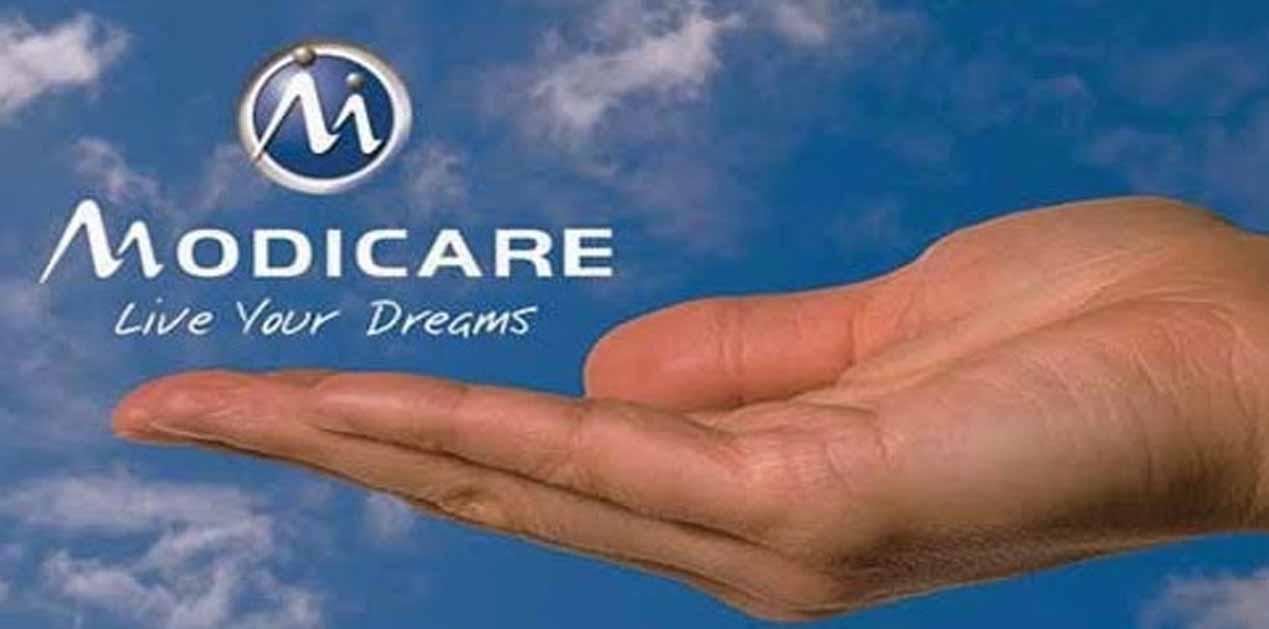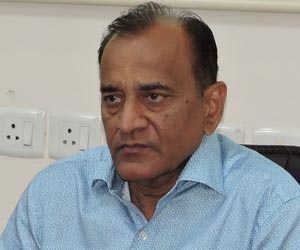It’s not always that the prestigious British medical journal, The Lancet, effusively praises India’s healthcare system. In the past, it has challenged Governments in New Delhi on the reported figures of malaria deaths, for instance, claiming that the official numbers were way below the actuals. But The Lancet has been unequivocal in its endorsement of the Modi-led Government’s state-funded health scheme, which was launched recently. The Pradhan Mantri Jan Arogya Yojana (PMJAY), which also includes Ayushman Bharat — colloquially referred to as ‘Modicare’ — formally took off on September 23.
In his article, The Lancet’s Editor-in-Chief Richard Horton, approvingly noted that the Indian Government had “at last recognised the perils of public discontent about health” and had, under Ayushman Bharat, “launched two flagship programmes” — creation of 150,000 health and wellness centres and a system of health insurance that intends to cover 500 million people. The financial risk protection offered through the programme, Horton added, “covers secondary and tertiary care for the poorest and most vulnerable families”. He also said that Narendra Modi is the “first Indian Prime Minister to prioritise universal health coverage as part of his political platform”.
Horton could not resist making a few political points as well. Referring to Congress president Rahul Gandhi’s remark during his talk at the London School of Economics recently, that there was a “full-blown” jobs crisis in India, Horton said there was also a “health crisis” which had needed redressal. He then bluntly added, “Rahul Gandhi, despite his promises to help lower castes, tribal communities, and the rural poor, has yet to match Modicare.” The article rounded up with claiming that “there is now every prospect that as the BJP and the Congress set out competing and contrasting visions for India’s future, health will rightly become a decisive issue in next year’s general election”.
It’s a ‘prospect’ that the Modi-led Government at the Centre would like to materialise, because it believes that the so-called Modicare, once it reaches out to the millions of beneficiaries, would leave a positive imprint on the minds of the voters by the time they are called upon to press the electronic voting machine button. The Government is banking on a repeat of the result in last year’s Uttar Pradesh Assembly election following the successful implementation of a scheme that provided free cooking gas connections to millions of poor families across the country — the BJP had comprehensively won the State poll. It’s also a ‘prospect’ that the Congress and other rivals of the BJP would not want to succeed, which is why they are seeking ways to underplay the game-changer. If they are able to build a negative perception, it will be only if the scheme falters badly at the implementation stage in the months to follow.
But politics apart, the PMJAY is staggeringly ambitious, given the statistics — and unprecedented too. More than 50 crore people are to be covered under the scheme; each targeted family will get an insurance cover of five lakh rupees per year. This would also cover secondary and tertiary care hospitalisation. To ensure that nobody deserving, more so women and children, gets left out, there is no cap on the number of persons to be covered in a family; in other words, all family members, regardless of the number, can benefit from PMJAY. The targeted beneficiaries would come from both the rural and the urban sectors. If we were to apply the 2011 Socio-Economic Caste Census, a little over eight crore families in rural areas and a nearly 2.3 crore families in urban regions can avail of this scheme.
Given that Ayushman Bharat is an entitlement scheme, the entitlements will be decided according to a well-defined system. For rural area categories, for example, a number of criteria has been laid down — families having mud houses; families having no adult members between the age of 16 and 59 years; female-headed households with no male members between the age of 16 and 59 years; families with physically challenged members; Scheduled Caste/Scheduled Tribe households; and landless households that derive a major part of their income from manual casual labour. There are a few others, less privileged, that will be covered too. Urban families that are entitled to the coverage would come from 11 defined occupational categories; it’s a long list that comprises the most marginalised sections such as beggars, rag-pickers, domestic workers, street vendors, sanitation workers, construction workers, cart-pullers etc.
The benefits to the targeted persons/families is clear enough. The health insurance scheme will cover medical and hospitalisation costs in nearly all secondary care and most of the tertiary care procedures. Besides, more than 1,300 packages have been included as part of the scheme, through which treatment for coronary bypass, knee-replacement surgeries etc. can be availed of at an amount of almost 20 per cent less than what the Central Government Health Scheme provides. Ayushman Bharat, otherwise called the National Health Protection Scheme, would be implemented through a network of public and empanelled private hospitals across the country.
Just why the PMJAY is being touted as a game-changer, can be understood from the following few figures that are available in the public domain. Some 50-60 million Indians are compelled to spend half of their annual family income on medical issues, primarily to meet the cost of hospitalisation; India’s per capita expenditure on healthcare has been at a pitiable Rs 1,112, which works out to three rupees per day per citizen. Barely one per cent of the country’s GDP is devoted to healthcare - the country is yet to meet the 2010 target of two per cent - out-of-pocket expenses account for more than 60 per cent of the total healthcare costs of an average Indian. According to IndiaSpend, as many as 52.5 million Indians were impoverished due to health cost in 2011 (which is half of the world’s impoverished population).
It’s obvious that the back-breaking burden of health costs has disastrously impacted many millions of lives across decades, and that a far-reaching health insurance coverage alongside expanded (in matters of both numbers and quality) healthcare facilities had been the need of the hour. But the larger a scheme, the greater is the imperative for effective monitoring and implementing; and the cost of failure is bigger too. The three principal stakeholders in the PMJAY are the Government (Union and State), non-governmental organisations, and the private healthcare industry. They have to work in tandem for success. Unfortunately, a few State regimes have already shown disinclination to execute the Central C\Scheme in their respective States, for reasons largely political.
There are other challenges too. One is the lack of adequate professional manpower to handle the explosion of cases as a result of the new state-funded health insurance coverage. According to an article in a national daily, former Union Health secretary K Sujatha Rao pointed out that, even an advanced State such as Tamil Nadu faces a 30 per cent shortage of medical and non-medical professionals in Government facilities. Rao suggested that “in an environment of scarce resources, prioritisation of critical initiatives is vital to realising health goals”. She concluded by hitting the nail on the head: “The implementation of Ayushman Bharat will have to be contextualised and synchronised with a reform agenda that must include improved governance and enforcement of regulations.”
It would be pertinent, in conclusion, to flag three issues that various experts have raised. The first is that Ayushman Bharat should not end up as more of a business opportunity for insurance firms and less as a benefit to the patients. The second is that the poor quality of healthcare facilities in Government-run hospitals could offset the gains of the nearly-free secondary and tertiary healthcare that the scheme assures. And the third is that private hospitals must be sensitised to deliver quality service to patients who are covered under Ayushman Bharat.
(The writer is a senior political commentator and public affairs analyst)
Image Source: https://4.bp.blogspot.com/-FzldUA1LAq4/Wb1muEmrn1I/AAAAAAAABD4/PLh9LTZnNJEAC-sHldmiAv-6STuD0YMtACLcBGAs/s640/modicare.jpg











Post new comment